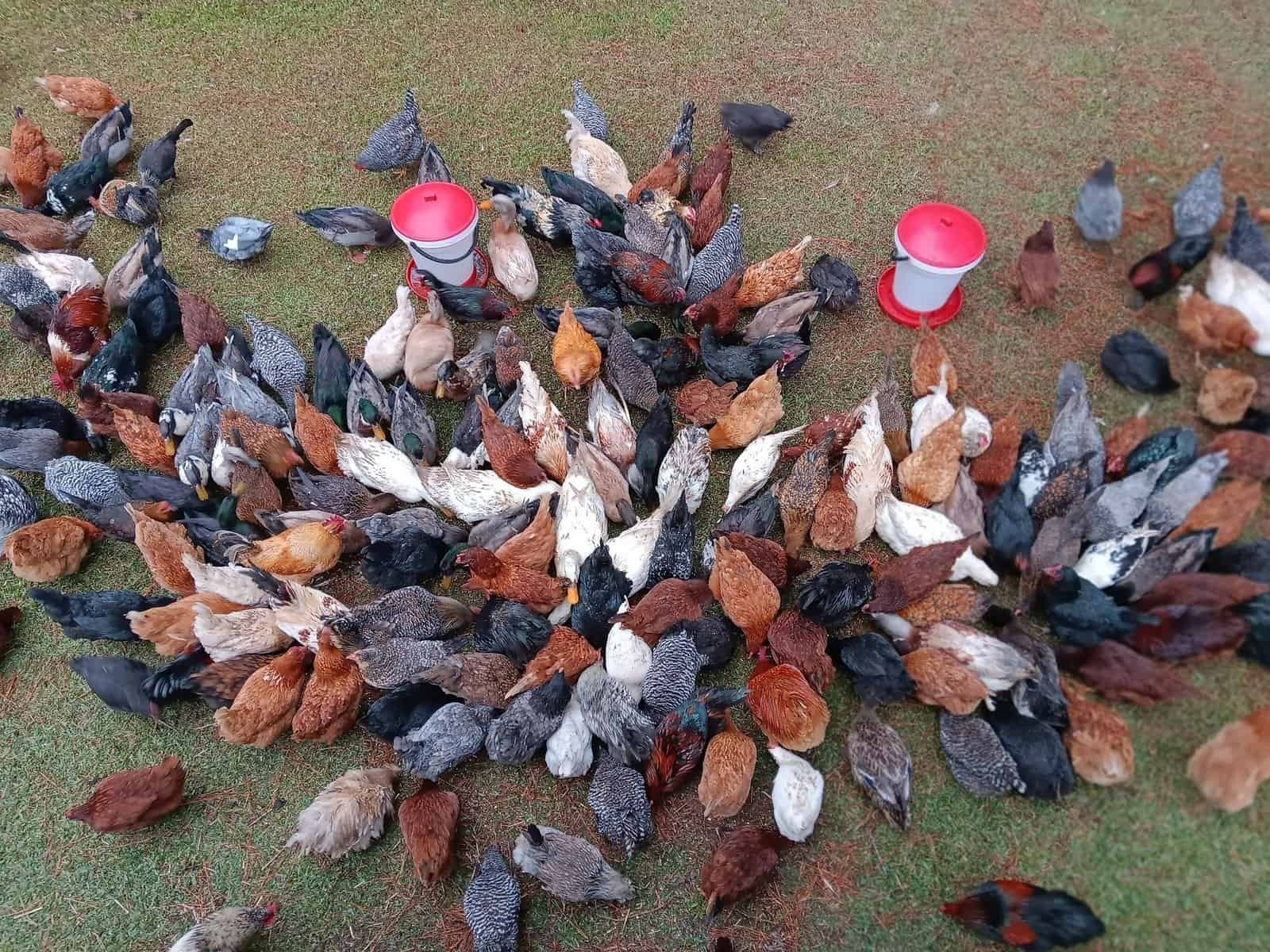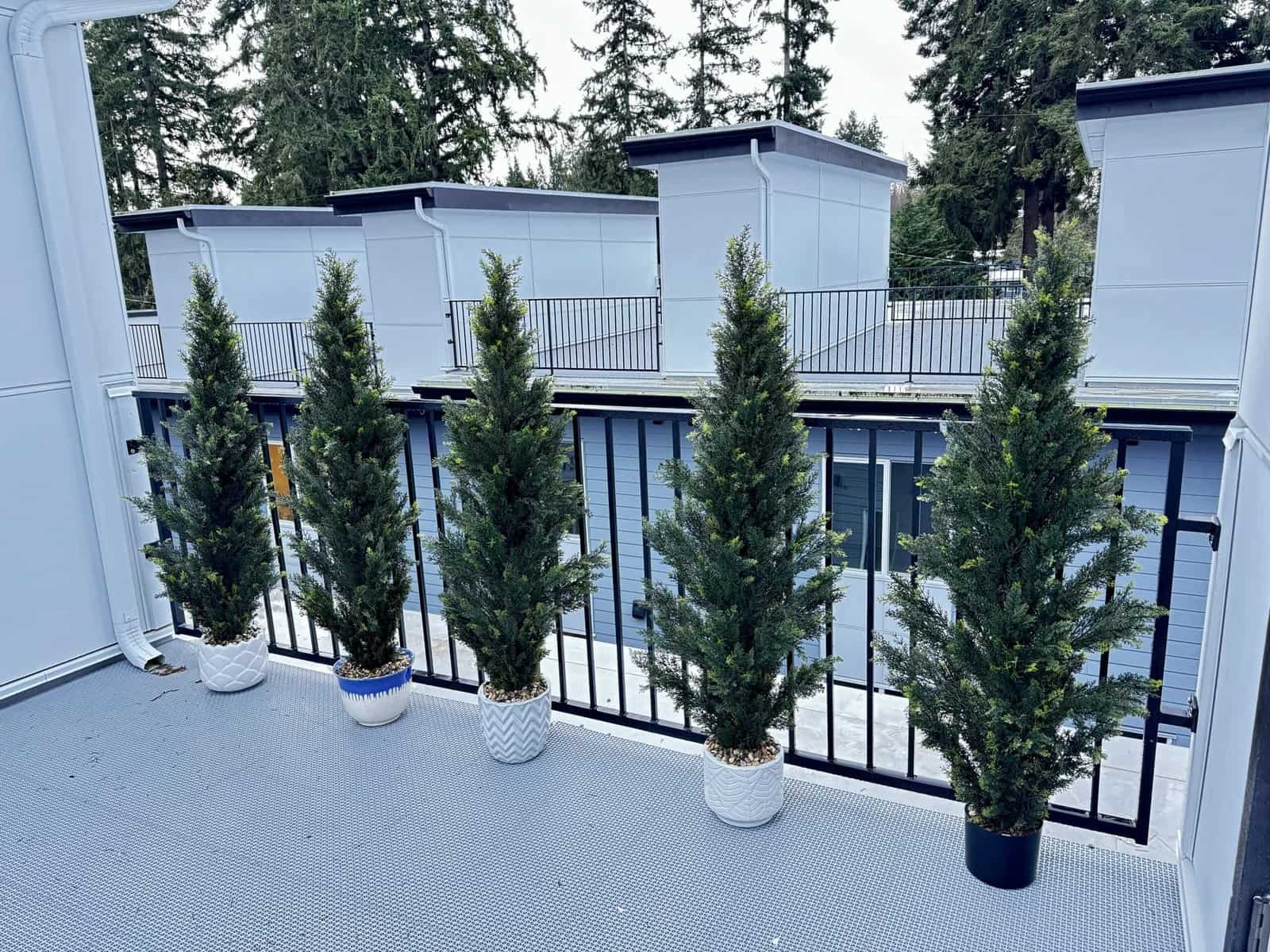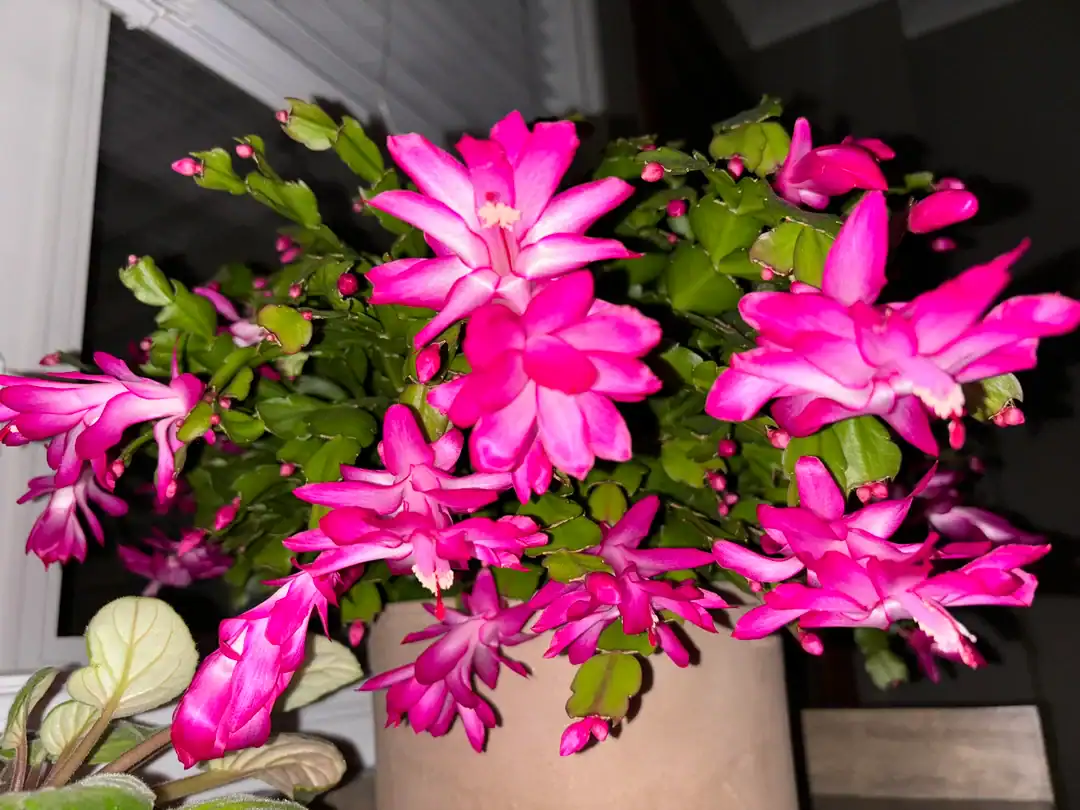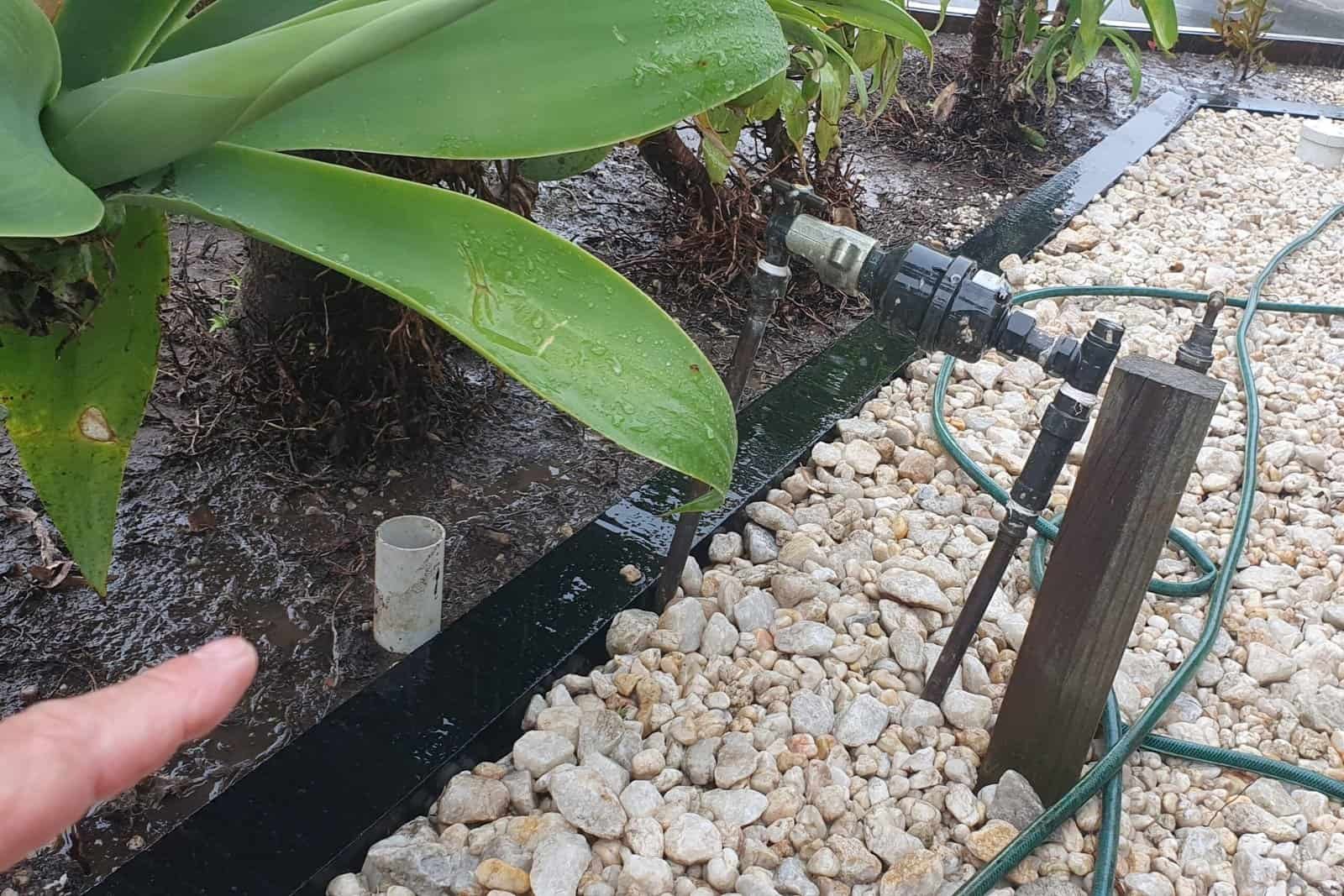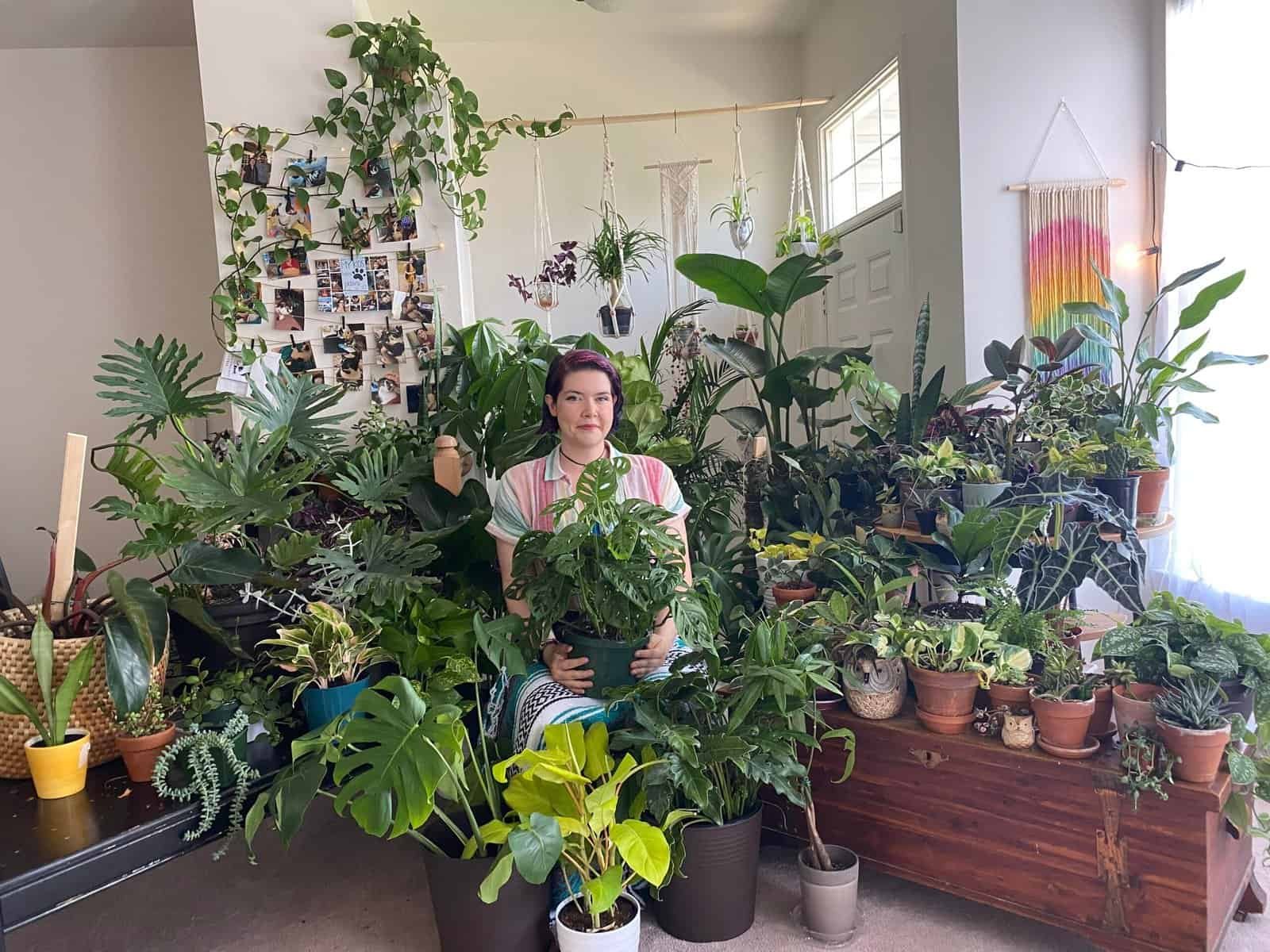Starting watermelon seeds indoors sounds easy, right? But a few simple mistakes can ruin your seedlings before they ever make it to the garden. I’ve made these mistakes myself!
In this post, I’ll walk you through how I grow my watermelon seedlings step-by-step—and the top mistakes I see people make so you can skip the frustration and grow strong, healthy starts from the beginning.
Contents
Mistake #1: Letting Your Seedlings Get Too Leggy
Let’s kick this off with the most common mistake I see—leggy seedlings. This one used to trip me up all the time!
What Does “Leggy” Mean in Seedlings?
When a seedling becomes tall and spindly with thin stems, it’s called leggy. They stretch out in search of more light, which makes them weak.
You’ll notice thin stems, small leaves, and a general lack of strength in the plant.

I once planted two sets of watermelon seeds on the same day. One cup stayed under my grow light, and the other went on the windowsill.
The difference was huge. The seedlings under the grow light had thick stems and big, healthy cotyledon leaves. The ones on the windowsill? Sad and stretched out.

Cause: Inadequate Lighting
Legginess happens when your seedlings don’t get enough light. A windowsill might look bright to us, but it’s not enough for watermelons.
Without strong light, your seedlings are going to stretch and get weak.
Solutions
Here’s what I recommend:
- Use a grow light and keep it close to the plants.
- If you already use a grow light and the seedlings are still leggy, lower the light closer to the top of the plants.
- If you don’t have a grow light, you can still get a head start by sowing your seeds outdoors in cups or containers a week or two before planting time.
Just be sure to:
- Bring them indoors at night if it’s still cool.
- Take them back outside first thing in the morning.
Honestly, if your watermelon seedlings are already tall and thin, just start over. They grow fast! Healthy seedlings will catch up in no time and do so much better.
Mistake #2: Using the Wrong Container Size
Now, let’s talk about container size. It matters more than people think!
Watermelon roots grow super fast. If you start your seeds in a container that’s too small, you’ll have trouble before it’s time to transplant.
Why Container Size Matters
If you plan to keep your seedlings indoors for 4–5 weeks, they need space to grow. A small container will fill up with roots quickly and stunt your seedlings before they even get into the ground.
I always use 18-oz cups with holes punched in the bottom for drainage. That size gives the roots enough room to spread while waiting for a transplant.

Choosing the Right Container
You can use:
- An 18-oz plastic cup with drainage hole (ideal for 4–5 weeks indoors)

- Smaller containers if needed, but pot up as soon as roots start crowding

- A small six-pack cell tray (but transplant within 1–2 weeks after sprouting)

I once used small six-packs and left the seedlings in too long. Even though they were a little leggy, they were still salvageable, so I planted them.
But next time, I gave them more space, and they thrived!
Potting Up vs. Starting Large
If you start small, you’ll likely need to pot up. That means transplanting them to a bigger container before putting them in the garden. It’s better to just start in a large cup if you can.
But if you have already used a small container and need to keep them inside longer, no worries—just move them into something like an 18-oz cup.
Mistake #3: Planting Too Many Seeds in One Cup Without Thinning
This next one might surprise you. Planting several seeds in one cup and not planning to thin them out can cause real trouble!
Problems with Crowded Seedlings
When you plant multiple seeds together and let them all grow, the roots get tangled. Watermelon roots hate being disturbed, so separating them later can stress or even kill them.
I’ve seen people try to separate seedlings after they’ve already taken off. That’s risky! I prefer to avoid disturbing the roots as much as possible.

Best Practices for Thinning
Here’s what I do:
- Plant 2–3 seeds per cup to ensure something germinates.
- Choose the healthiest seedling to keep and remove the rest.

You can:
- Snip the extras with scissors, or
- Gently press down on the soil around the plant and carefully pull up the extra seedling by the stem. That way, you can remove it without damaging the roots of the one you want to keep.
Just try not to disturb the roots! Watermelons don’t like that.
How I Start My Watermelon Seeds Step-by-Step
Now, let me show you exactly how I get my watermelon seeds started. It’s easy once you get the hang of it.
Choosing and Preparing Seed Starting Mix
I use a dry seed starting mix. I’ve tried many brands—Jiffy, Burpee, Miracle-Gro, Black Gold—and they all work fine. The mix usually contains coco coir or peat moss (as the main ingredient).

It’s super dry initially, so I always moisten it before planting. I pour water in, mix it until it’s evenly damp, and then I’m ready to go.

Planting the Seeds
- I label my cups if I’m planting more than one variety.
- I scoop the starting mix into the cup.

- For small seeds, I plant three and press them down close to the bottom of my fingernail.


- For larger seeds, I go a little deeper.
This way, I know I’ll get at least one to sprout, and I can thin them out later.
Germination Tips
Keep the soil moist but not soaking wet.

I place the cups under a grow light. In my house, watermelon seeds usually sprout within a week. That’s fast! So be ready.

Seedling Growth and My Advice
I want to wrap this up with a quick look at how fast these little plants can grow.
How Fast Watermelon Seedlings Grow
Just one week after filming the start of my seedlings, I checked on them—and wow! Not even four weeks old, and they’re already filling up the cups.

That’s why using the right container size is so important. Anything that vines, like watermelons, cucumbers, and squash, grows quickly. If you start them early indoors, give those roots space!
My Final Advice:
- Make sure your seedlings get plenty of light
- Use the right-sized container from the start
- Avoid disturbing their roots
- Keep things simple and organized
Wrapping Up
Growing watermelon from seed doesn’t have to be complicated, but skipping these key steps can cost you time and healthy plants.
Each decision makes a big difference in your seedlings’ success, from lighting and container size to thinning practices.
Have you made any of these mistakes before? Share your experience or questions in the comments—I’d love to hear how your watermelon journey is going this season!

